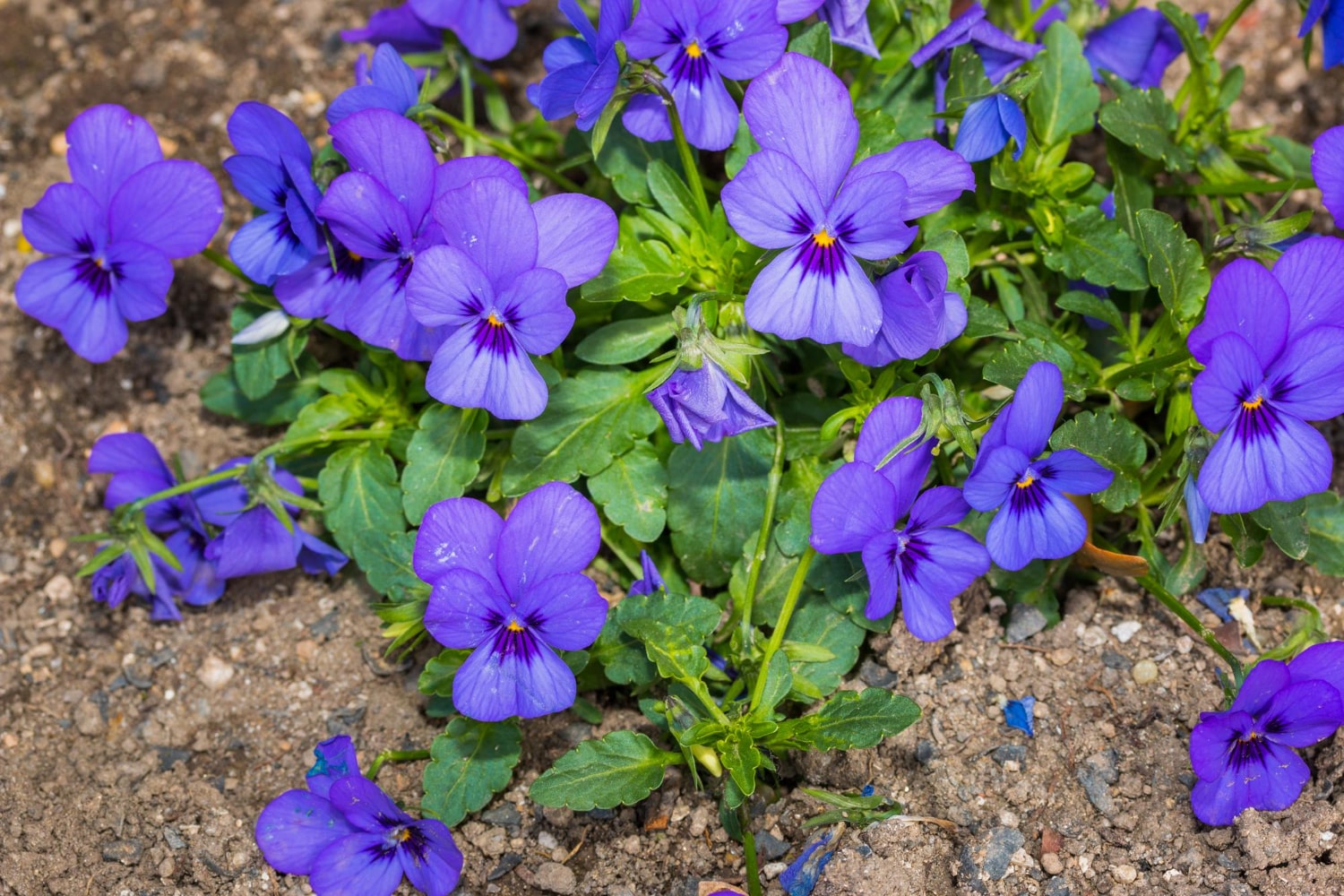The periwinkle is more than just a delicate and charming plant found in forest glades and garden beds. In the traditions of many cultures, especially in Eastern Europe, it symbolizes eternal life, love, and remembrance. Its soft green leaves and blue, violet, or pink flowers are often present in folk songs, embroidery, wedding wreaths, and rituals. However, this small and hardy plant also possesses fascinating botanical and medicinal characteristics. Below is a collection of interesting and educational facts about periwinkles that you may not have known.
- Periwinkle belongs to the Apocynaceae family, with the most common species being Vinca minor. It is an evergreen groundcover plant that retains its leaves throughout winter. This trait has made it a symbol of vitality and immortality.
- It naturally grows in Europe, Asia, and North Africa. You can find it in the wild along forest edges, in thickets, and on meadow borders. It forms dense mats that suppress weeds and help preserve soil moisture.
- Periwinkle usually blooms in spring and may bloom again in autumn under favorable conditions. Its flowers can be blue, violet, pink, or white, depending on the variety. Each bloom lasts several days, but continuous bud formation results in prolonged flowering.
- Periwinkle has long been used in folk medicine. Its leaves contain alkaloids with vasodilating, hemostatic, and antiseptic effects. Decoctions and tinctures made from its parts are used to treat high blood pressure, dizziness, headaches, and muscle spasms.
- One of the most important alkaloids found in periwinkle is vincamine. It is widely used in modern pharmaceuticals to produce drugs that improve cerebral circulation. These medications are especially helpful in treating dementia and Alzheimer’s disease.
- Periwinkle can be toxic when consumed in large quantities or without proper preparation. Self-treatment can be dangerous, so it should only be used under medical supervision. Nevertheless, in correct doses, it has proven to be very effective.
- In many folk cultures, periwinkle represents eternity and remembrance. In Ukraine and Poland, it is often planted on graves, woven into wedding wreaths, and featured in traditional embroidery. It is considered a protective charm and a symbol of a happy and lasting marriage.
- Periwinkle is undemanding and grows well in various soil types. It thrives in shade, making it ideal for planting under trees and in hard-to-reach garden areas. The plant quickly spreads, forming a thick, green carpet.
- It propagates easily through cuttings. A stem can be broken off and planted in moist soil, where it quickly takes root. New shoots appear within a few weeks, making it easy to expand your plantings.
- Periwinkle is sometimes described as a natural antidepressant. Its calming color palette and year-round greenery create a soothing atmosphere in gardens. Combined with its medicinal properties, this makes it unique among ornamental plants.
- In Christian symbolism, periwinkle represents the immortality of the soul. Its evergreen leaves reflect hope for life after death. It is often used in funeral wreaths and church decorations during memorial services.
- Periwinkle is frost-resistant and survives winter under snow without any additional protection. In spring, it quickly regains its vivid green color, bringing a fresh look to gardens in the early days of warmth. This makes it a favorite among gardeners in temperate climates.
- In medieval France, periwinkle was considered a magical plant. It was believed to protect against evil spirits and was used in love spells and protective rituals. People thought it brought harmony and peace to the household.
- Some varieties of periwinkle have creeping stems, while others grow upright, making them versatile for use as groundcovers or edging plants. Certain ornamental varieties have variegated or silvery foliage, adding contrast to garden designs. They are often planted along paths, in flower beds, or in hanging containers.
- Periwinkle has inspired many artists and poets. Its image appears in folk patterns, visual art, and poetry. It symbolizes tenderness, purity, and loyalty — values cherished in all times and cultures.
Periwinkle is far more than a decorative flower. It combines healing properties, cultural significance, and natural beauty. These interesting facts reveal just how complex and valuable this modest plant can be. You may not have realized that periwinkle is a true symbol of life, love, and memory.





